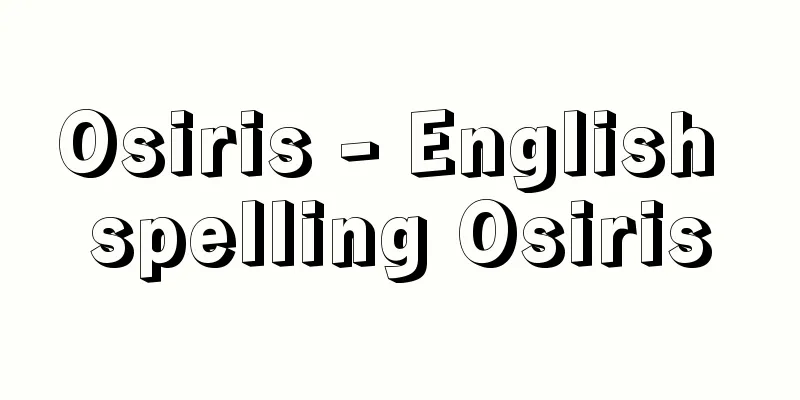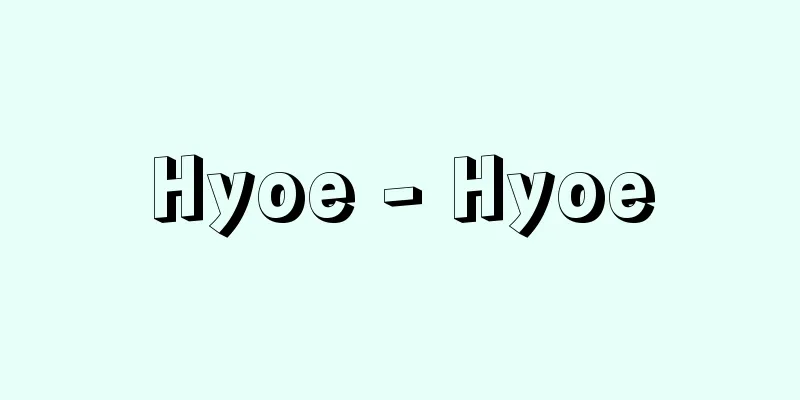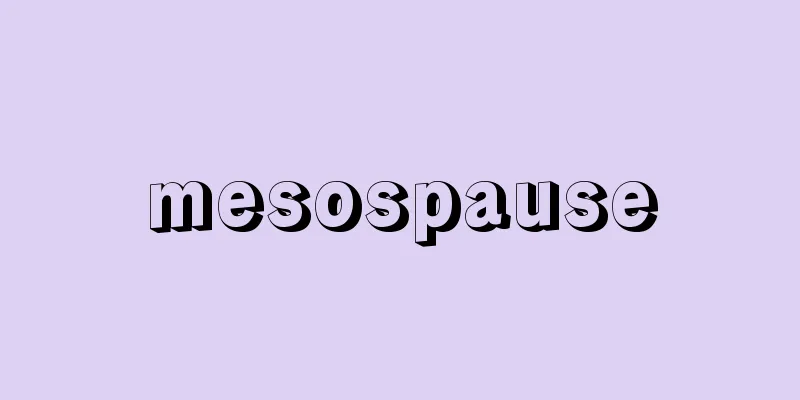Liang Kai

|
Years of birth and death unknown. Painter of the Southern Song Dynasty in China. Born in Dongping (Shandong Province). Became a tutor at the Painting Academy during the Jiatai era (1201-04). He loved alcohol, called himself Liang Fengzi (Fengzi means madman), and engaged in many eccentric behaviors, such as leaving his golden belt given to him by the Emperor alone in the Academy. Today, in Japan, four of his works are preserved at the Tokyo National Museum: "Snow Landscape" (National Treasure), "Shakyamuni Leaving the Mountain", "The Sixth Patriarch Cuts Bamboo", and "Li Bai on a Song of Poetry" (all Important Cultural Properties). His paintings are said to have two styles: one that skillfully depicts people, landscapes, Taoism, Buddhism, and demons, and is said to have a sophisticated style, and another that is a grassy, reduced-stroke style. Of course, the combination of these two styles shows a unique state of mind, but if we consider the works in the subtle style to be "Snowy Landscape" and "Buddha Leaving the Mountain," the works in the reduced stroke style would be "The Sixth Patriarch Cuts Bamboo" and "Li Bai on a Poetry Walk." In any case, Liang Kai has a precise grasp of atmosphere, and in "Snowy Landscape," the whiteness of the painting's base material expresses the weight of the damp snow filled with cold air, while at the same time expressing the depth and remoteness of the landscape. "Li Bai on a Poetry Walk" is a work filled with tension, created by ink painting with extremely few strokes. A distinctive feature of this work is that the lines around Li Bai's neck are not drawn, which also shows Liang Kai's understanding of the existence of air. The Muromachi period "Kundaikan Sochoki" states that "After Tohei Sogi, he was an excellent painter of people, landscapes, Buddhism, Taoism, and demons," and along with Mokkei and Gyokukan, he had a great influence on Japanese ink painting. [Kondo Hidemi] Source: Shogakukan Encyclopedia Nipponica About Encyclopedia Nipponica Information | Legend |
|
生没年不詳。中国、南宋(なんそう)の画家。東平(山東省)の人。嘉泰年間(1201~04)に画院の待詔(たいしょう)となった。酒好きで、自ら梁風子(風子は狂人の意)と号し、天子から金帯を賜っても院内に放っておくなど奇行も多かった。わが国には今日、東京国立博物館に『雪景山水図』(国宝)、『出山釈迦図(しゅっさんしゃかず)』『六祖截竹(ろくそさいちく)図』『李白吟行(りはくぎんこう)図』(以上、重文)の4点が伝わっているが、彼の絵は、人物、山水、道釈、鬼神を巧みにし、精妙な画風のものと、草々とした減筆体(げんぴつたい)のものの二つの画風があるとされる。もちろんこの両者が相まって独自な境地を示すのであるが、試みに精妙体の作品を『雪景山水図』や『出山釈迦図』とするならば、減筆体の作品は『六祖截竹図』や『李白吟行図』となる。いずれにせよ梁楷は空気の把握が的確で、『雪景山水図』などは、画面の素地の白さで寒気あふれる湿潤な雪の重みを表現し、同時に風景の深さ遠さを表す。『李白吟行図』は、極度に少ない筆致の水墨による緊張感のみなぎる作品である。この図の特徴は李白の首の線が描かれていないことで、これも空気の存在に対する梁楷の理解を示すものである。室町時代の『君台観左右帳記(くんだいかんそうちょうき)』に「上々々、東平相義之後、善画人物山水釈道鬼神」とあり、牧谿(もっけい)、玉澗(ぎょくかん)とともに日本の水墨画に多大な影響を与えた。 [近藤秀実] 出典 小学館 日本大百科全書(ニッポニカ)日本大百科全書(ニッポニカ)について 情報 | 凡例 |
<<: Territorial sea - Ryokai (English spelling)
Recommend
Date Harumune
Year of death: Tensho 5 (1577) Year of birth: 1519...
Ukiyozoshi - Ukiyozoshi
A general term for a group of novels that primari...
Kaiken
An Indian Buddhist scholar and master of Yogacara...
Related Bonds - Encosai
⇒ Small private placements Source: About Shogakuka...
Stockton, Robert Field
Born: August 20, 1795, Princeton, New Jersey [Died...
Jenner - Edward Jenner
British doctor. Born in Berkeley as the third son...
Sasayama Domain
This was a domain that ruled the region of Sasaya...
Drepanocladus fluitans (English spelling) Drepanocladusfluitans
...In Lake Inawashiro, the moss Jungermannia nipp...
d'Aure, CA (English spelling) dAureCA
…Equestrianism was also cultivated at the Spanish...
Cen Shen - Shin Shin
A Chinese poet from the height of the Tang dynast...
Mishima [city] - Mishima
A city in eastern Shizuoka Prefecture. It was inco...
Ajipro Team - Ajiprotai
... In Germany, the Labor Association of F. Lassa...
Pan American World Airways,Inc.
An American commercial airline. Abbreviated as PAN...
Euryops daisy (English spelling)
A semi-cold-hardy evergreen perennial plant of the...
Okura Commercial High School
…Okura also devoted himself to business activitie...









